Every year graduation events of the Bucharest National University of Arts stimulate well-meaning, perhaps curious, young people to position themselves tacitly in connection to the bachelor’s/master’s works submitted by graduating students. And despite the fact that a large majority of graduates choose to work within the framework promoted by the university, there are some who choose to stray from it in certain respects and, without visible compromises, preserve an unadulterated sincerity. With four of them we can learn how they built their projects which manage to deviate from the normative constraints the academy operates with. Instead they aim to surpass the outdated structures of a system that puts more value on preserving its own image (as seamless whole) and not on promoting unconstrained identities. Sadly, in the academic context, as well as within other social constructs, freedom is practiced only within a simulation, and taking up a project outside of the prescribed limits is prone to being misjudged and interpreted unfavorably.
Gabriela Cozma, Maria Mraz, Federica Clincenaru, and Baria Q. Von-Carra were part of the collective exhibition organized at SwitchLab under the guidance of visual artist Nicu Ilfoveanu, who is also a lecturer at the Photo-Video department of the University’s Faculty of Fine Arts. Their exhibited bachelor’s works went a bit beyond the expected standard for such an event. It is not uncommon for artists with a formal background to incubate a rigid and ineffectual practice that they then release into an art scene that seems more disorientated than ever. This time however the artists attempted to position themselves honestly relative to the structures involved directly or indirectly in the show and to address first and foremost the audience, to establish a rapport with them instead of producing art for production’s sake. Each chose the best direction to reflect the sum of their positive experiences throughout their studies, but not necessarily directly connected to them.
Around the world in forty days is a photo publication (of which only three copies were made) that stands tall against any kind of silent attack, a veritable fortress that invites minute exploration into its most hidden rooms. Gabriela Cozma offers the viewer unconstrained freedom to discover an extremely personal relationship that the artist names in the first pages of the book: the father-daughter relationship. Working with unedited, single-media photography appears to be increasingly risky nowadays, in our image-flooded present, and the line between remarkable and mediocre is constantly thinning. Gabi is highly aware of this fact, and, instead of resorting to themes where the unarticulated concept works against the image, like in the Romania100 promotion campaign, she treats the viewer with the utmost respect. Her topics are extremely accessible thanks to the choice of images, or, better said, through the visual discourse, her personal confrontations with notions of symbiosis, habitation, (re)adaptation, and the variable dimension of time. The subject matter is private in nature and therefore seems to only require a well-thought-out reflection within an individual planning of the process; Gabriela shows a real modesty regarding her artistic abilities and names a number of consecrated artists (found through personal research or sharp intuition) who have inspired her, from Stefano Pane Monfeli or Johan Willner to Agnès Varda or Larry Sultan, artists who investigated consistent human bonds in their practice. Around the world in forty days is a privilege afforded the viewer by the artist.
Maria Mraz brings a multidimensional game board to the center of the SwitchLab space. In spite of the friendly presentation, the visible pleasure of working with a lively and pleasant subject from the perspective of an amusement park, the project tackles very serious and current topics. Showing a keen eye for understanding the real, not possible, present, Maria chooses to draw attention to a paradigm shift in human thought: the transition from the magic of the amusement park and the circus in the not so distant past to the automatization and transposition of essentially fluctuating states into normative, repetitive mechanisms that are increasingly lacking in the variability (still) inherent in human nature. The artist does not manifest an implicit derision towards the chosen topic; on the contrary, she successfully condenses between the covers of a leporello, using her theoretical framework carefully, an observation akin to a warning aimed at us, those who increasingly fall into the pattern of constant repetition, the monotonous rhythm of humanity perpetuated into the present.
Federica Clincenaru’s work Hello, world! (like Bonjour Monde, the French digital art collective) seems the perfect complement to Maria’s boardgame. In this case however, Federica chooses to create an ambitious project for a graduate, namely an app influenced by video games with the help of a theoretical background. Even though this might seem a fitting categorization, upon closer look we see that the artist not only goes beyond the still-modest development of the style in Romania, but seems to also question it by means of her medium of choice. Those who choose to interact with the installation can directly relate with the ideas behind the screen, where characters respond to the needs of the main character, controlled through the classical mouse and keyboard. Federica creates the virtual space of a server where, throughout four levels, we interact with a system made up of unidirectional points of view regarding the internet, the highspeed circulation of information, and personal data safety when they are menaced by untrustworthy authorities or centralization. The game becomes more than just a game, it becomes a means of dialogue between two separate entities: player-game.
If the three projects mentioned so far bring concrete, weighty problems to the fore, the fourth is remarkable through its apparent lack of context: Baria Q. Von-Carra’s Degeaba. The artist opens an investigation into certain portions of the graphic diary he has been working on since his teenage years with a singular visual pattern, manually reproduced on each of the notebooks’ pages under the influence of various naturally occurring or artificially generated states. Baria justifies his process (which includes his publication) by citing a lack of connection to a concrete goal or any inherent value, focusing instead on the practice of repetition rather than its finality. Like with the myth of Sisyphus, the act takes precedence over the conclusion, with no clear purpose, which in reality cannot be found. Despite being somewhat problematic, the work demonstrates the necessary force to shine among the other projects, by offering a completely different angle.
Gabriela, Maria, Federica, and Baria give me faith that the possibility of having an uncompromising attitude on the art scene is (still) tangible, and their inclusion in future projects built on a healthy foundation should be desired by many emerging (and established) art makers in the present.
Flat of the Blade opened at SwitchLab in Bucharest on June 27th, 2019.
Translated by Rareș Grozea.
POSTED BY
Ștefan Simion
Ștefan is an artist. He studied Romanian and English at the University of Bucharest, and is currently studying photography and video at the National University of Arts Bucharest....
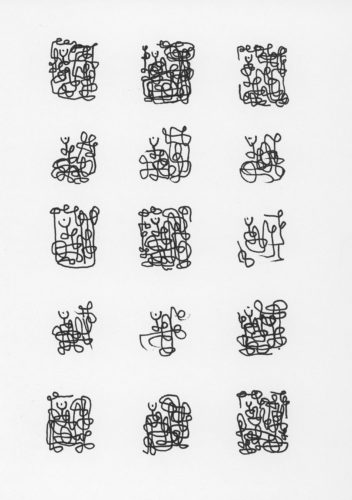
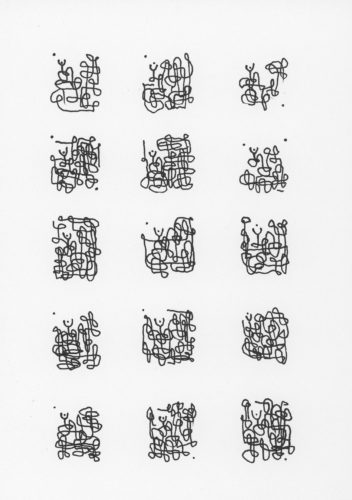
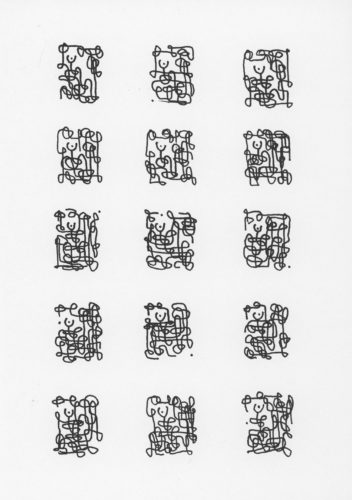
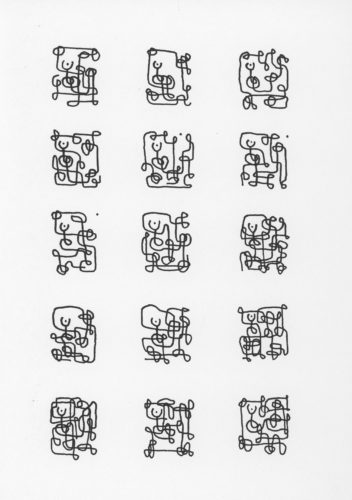
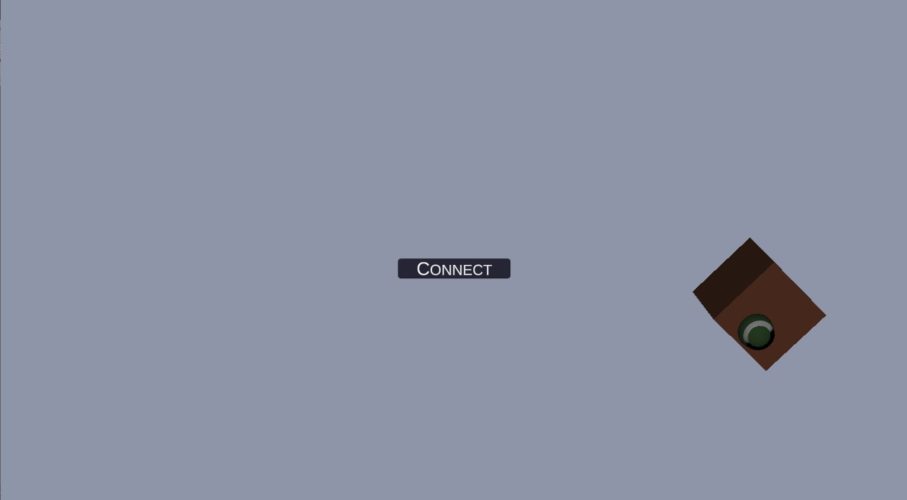
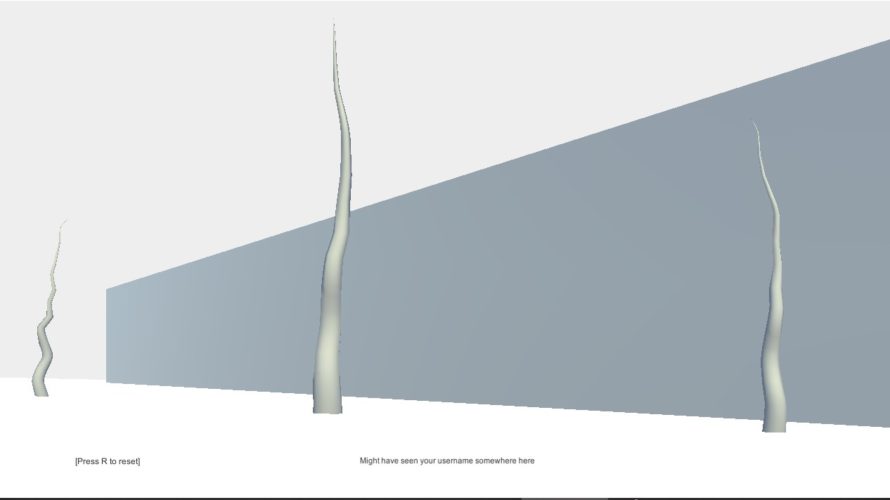

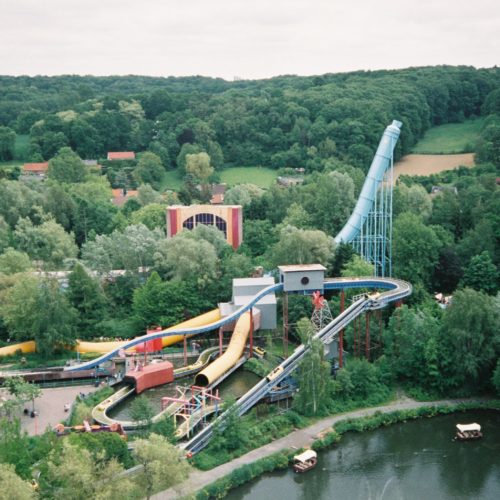
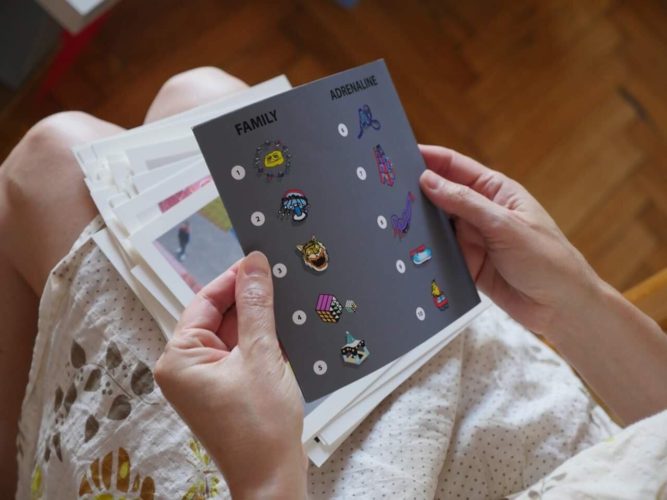
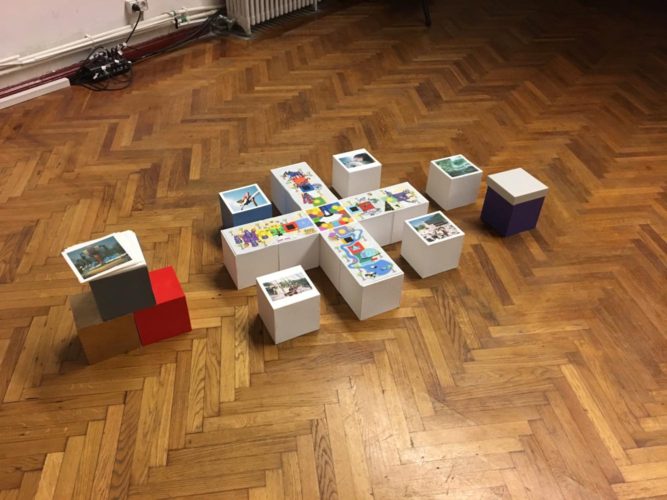
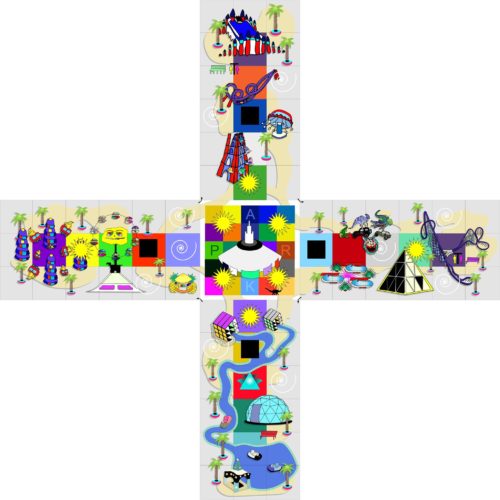

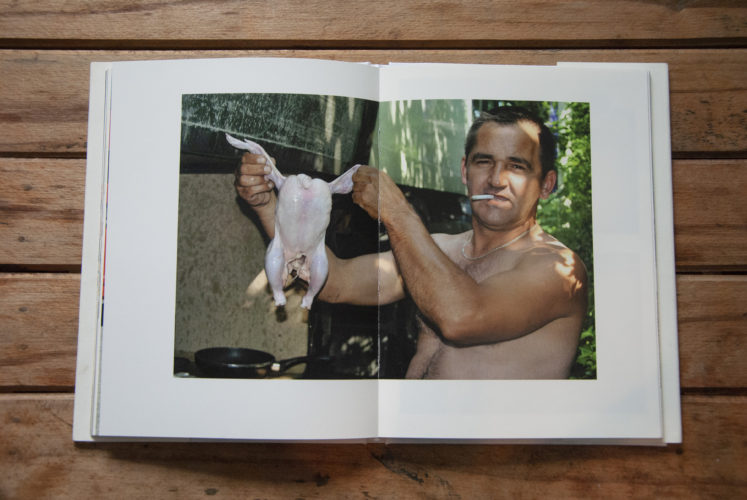
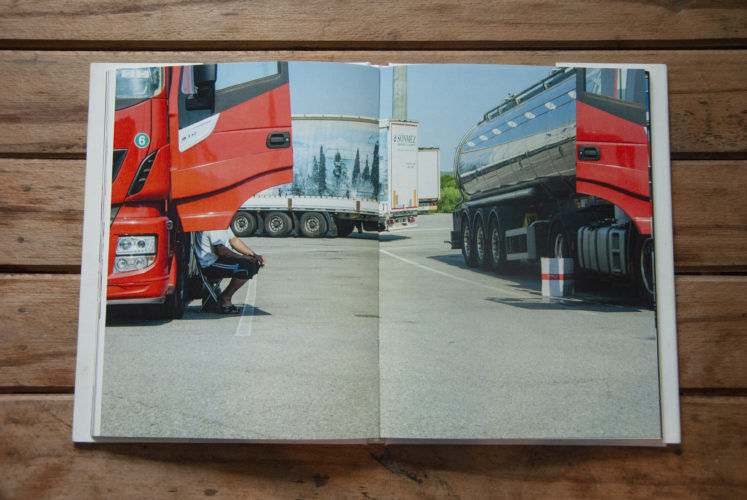
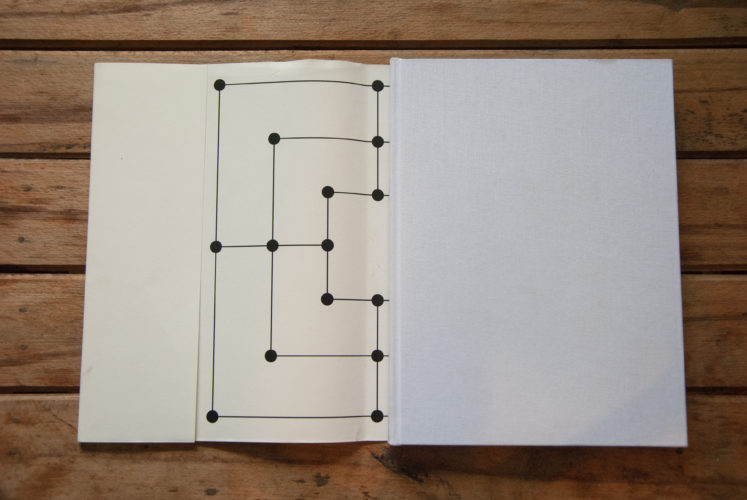
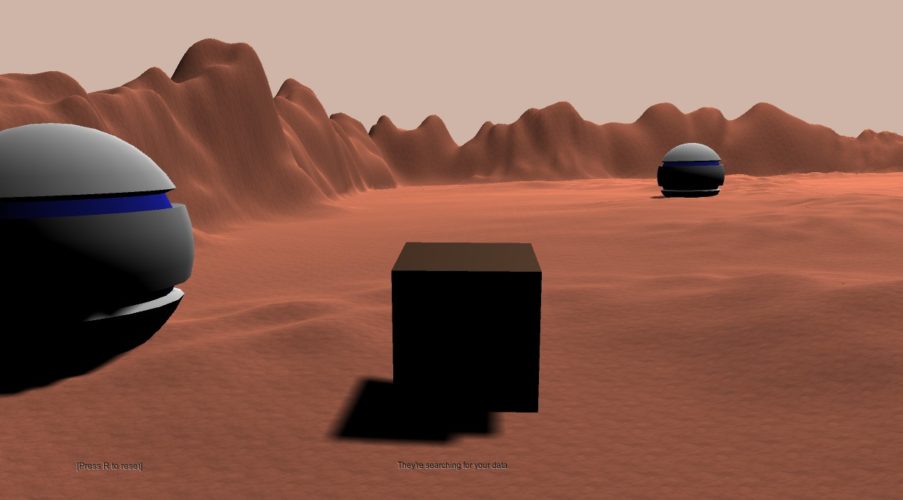
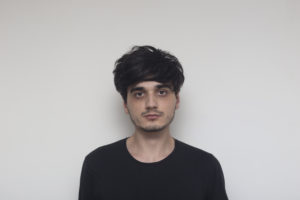
Comments are closed here.